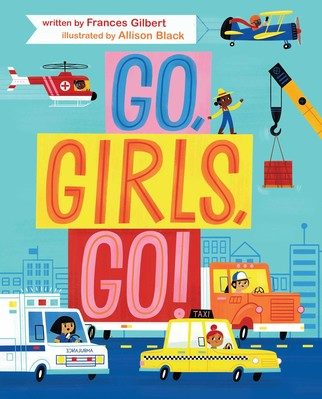
interview by Lynne Marie
Frances Gilbert is Editor-in-Chief of Doubleday Books for Young Readers/Random House Children’s Books and a published author whose picture book Go, Girls, Go! comes out with Beach Lane Books/Simon & Schuster on November 5th. Frances has become quite a presence on the Twitter scene as @GoGirlsGoBooks, often sharing valuable tips or industry information, appearing as a live guest at Twitter chats, participating in pitch parties and more.
I had the chance to visit with Frances as she got ready for the release of her book.
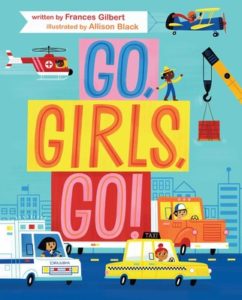 LYNNE MARIE: First, I want to say Happy Book Birthday to Go, Girls, Go! What are you doing to celebrate? Do you have promotional events planned? Please share some ideas of ways authors might celebrate their book releases, especially ones that would make their editors happy.
LYNNE MARIE: First, I want to say Happy Book Birthday to Go, Girls, Go! What are you doing to celebrate? Do you have promotional events planned? Please share some ideas of ways authors might celebrate their book releases, especially ones that would make their editors happy.
FRANCES GILBERT: I throw a breakfast party each year on the morning of the New York City Marathon, as the race goes by my apartment. We drink mimosas and eat bagels on the terrace and watch everyone run by. This year, it’s two days before my book publishes, so I’m making it a combo marathon party/book launch. The only main difference is that I’ll be bullying my friends into pulling out their phones and ordering a copy of my book while I’m pouring them a drink.
In truth, book release parties are more a thing of the past. Publishers very rarely host them. They’re a fun excuse to have friends gather to celebrate your book, but there are much more effective ways of getting the word out. Engaging in social media is very important. One of the books on my Doubleday list this fall is A Is for Audra: Broadway’s Leading Ladies from A-Z. The author (@Johnny_ Allman) has connected on Twitter and Instagram with his followers, who are huge theater fans. Every time he posts about the book we see the pre-orders rise dramatically. It’s fascinating to watch. What’s key, though, is that his connection with his followers is genuine. They have a true shared passion, so it’s not as if he’s just showing up everyone now and then to crow about his book. He’s got relationships, and that’s much more meaningful.
LM: I was particularly moved by your willingness to help others and make their journey to publication as honest and well-paved as possible. Please share what inspired you to dive into the world of Twitter.
FG: I set up @GoGirlsGoBooks for the reasons I listed above, and what I tell authors all the time: It’s important to have a strong online presence to talk about your book. I started following children’s writers and noticed that aspiring authors would quite often ask questions about picture books or would pass along information that was simply wrong. I started popping up every now and then to offer advice or correct some misinformation and people started asking me more questions. Then I started to participate in Twitter pitches, where I requested a few manuscripts to review for Doubleday, and Justin Colon’s #pbchat, where I met some nice people who I’ve continued to have a connection with. I was impressed (though not surprised) to see how kind and supportive the picture book community is.
LM: Please share the inspiration behind your book Go, Girls, Go! Did knowledge and information acquired as an editor inform your decision to cultivate this particular book idea? If so, what role did it play?
FG: The book started after a conversation at work about which gender and picture books. This is something we talk about constantly, as we want to make sure all children feel seen and represented. I mentioned this conversation to a friend of mine who’s not in publishing and he asked me what I thought a cars and trucks book for girls would look like. I was intrigued by that and wanted to find out, so I wrote it. I never intended to try to get it published.
LM: How did you go about finding “the door in” to that story? What tips do you have for writers about finding the door in?
FG: The phrase “Go, girls, go!” popped into my head as soon as my friend suggested the topic. I wrote it the next morning. I find that once I have a key line or an idea for a title, the rest comes quite quickly. For me, finding that “door” is incredibly random. I have a gift book I wrote coming out in December that’s based on the theme of eternal love from The Velveteen Rabbit. It’s called I Will Always Be Your Bunny. I’d wanted to write that story for about five years but had no idea how. Then one day on the subway home, the phrase “I will always be your bunny” popped into my head and I realized I had the title and refrain for my story. So, my main tip for getting started is to let your imagination be free and giving yourself time to daydream. If you try to force it, your reader can tell.
LM: How do you feel about art notes as an author? As an editor? Did you include art notes in Go, Girls, Go!?
FG: Yes, I included art notes, because the text is concept-driven and has scenes throughout that are pretty much all noisy vehicle sounds, like “Whirr!” and “Hoot!” I wanted to make sure my intention came across so I included notes as to what I imagined happening. It’s odd to me how much anxiety there is online about whether to include art notes. I even read one person offering (incorrect) advice on precisely how many were appropriate. Honestly, it’s baffling how much people fuss about it. No editor cares if you include art notes, I promise you. Include as many as you need. What we don’t want to read are manuscripts that confuse us because we have no idea what is going on. I’m likely going to spend two minutes tops reading a manuscript that’s submitted. If I have to fight my way through it, I’m simply going to reject it.
LM: Similarly, what are your thoughts on paginated manuscripts from the point of view as an author, and as an editor? If suggested page turns are acceptable, where do you suggest starting the manuscript and why? What page would you suggest ending the manuscript on?
FG: I feel similarly about page numbers as I do about art notes: If you want to paginate your story, go ahead. No one will care one way or another. I’m not going to pay attention to your pagination anyway, unless I acquire the book, and then I’m going to paginate it myself. Do try to at least indicate page breaks, however, if the humor or tension of your story is dependent on dramatic page turns. Be sure that’s clear, otherwise your reader might miss it. But, even then, don’t get too hung up about it. And you might try paginating your story simply as an exercise, just to make sure you’ve thought about how it will work as a visual object, because that’s what a picture book is.
PS: If you’re new to pagination and want to try, start here with this basic map: Page 1 of a 32-page self-ended picture book (where the endpapers are part of the same printed book block, not additional, separate endpapers) is the pasted-down side of the first endpaper. Pages 2-3 are the endpapers. Pages 4-5 are the copyright and title page. Your story starts on pages 6-7. The last page of the story is page 29 (or page 28 if you prefer to end on a single left-hand page). Pages 30-31 are the back endpapers, and page 32 is the pasted-down back endpaper, glued to the back board of the cover. If your book is 40-pages self-ended, your story ends on pages 36-37, back endpapers are pages 38-39, and the pasted-down end page is page 40.
LM: You focus on picture book and board book manuscripts for your imprint. About how many of each do you acquire per year? What is the first thing you consider when you start reading a picture book or board book?
FG: It varies, but I tend to acquire about 10-12 new picture book manuscripts a year and about 6-8 original board books. The rest of my list is either paperback or board book conversions from hardcovers, and coeditions, which are foreign books that I acquire to be published in North America. Because my list at Doubleday is relatively small, I just hold out for that intangible special something. A story has to grab me, and that can happen for a number of reasons: Because it’s hilarious, because it’s a new idea, because it’s beautiful, because it’s important, and/or because I feel strongly it will sell a lot of copies. Editors are very personal in our selections, because we usually have to spend a couple of years with the book before it publishes. We have to feel passionately about a project, and that can be very subjective. That’s why I don’t feel too bad when I reject a good work that simply didn’t feel right for my list—because I know it will find the right home somewhere else.
LM: I understand that you don’t quite have a “wishlist” because you are very open as far as that and will know what you want when you see something that touches you, but are there any helpful hints as to how to generally grab your attention?
FG: It’s important that you start strong. Your first line, your first page, these have to turn heads. One of the main reasons I reject manuscripts is because they feel all over the place right from the start. Overly-chatty and uninspired dialogue, contrived set-ups, or just plain ordinary writing. I usually don’t bother reading past the opening lines in those cases. I really need to feel wowed if I’m going to keep going, because so does the person who might one day think about buying your book.
LM: Can you give some examples of books that have done this for you?
FG: I published Annie Silvestro’s Bunny’s Book Club a couple of years ago. Her opening line isn’t flashy. It’s simply “Bunny loved books.” But those three words got my imagination going: Who is Bunny? Why does he love books? And of course I love books too, so the subject was intriguing. I also knew instantly I wanted to publish Dev Petty’s I Don’t Want to Be a Frog because the tone of her frog’s character was set from page one: sassy, hilarious, stubborn. I loved him right away.
LM: Please share something fun about you have experienced or learned while working with author Tammi Sauer.
FG: I found Tammi’s first book, Cowboy Camp, in the slush pile. (This was back when writers mailed big brown envelopes with their manuscripts inside.) And I published her second and third books, Chicken Dance and Bawk and Roll. That was earlier in my career, and Tammi’s writing taught me so much about comic timing, because even though she was new to publishing, she was flawless at it. And I also saw how incredibly hard Tammi worked to promote her books and create a career for herself, visiting just about every school and library in Oklahoma, Kansas, and Texas. She is unstoppable. I was excited to work with Tammi again a bunch of years later, when I published Wordy Birdy and its sequel at Doubleday, and she and I have a new book in the works. I can’t express my admiration for how effortlessly good she is at this.
LM: What techniques do you recommend to help make a manuscript active and engaging?
FG: It’s often said of picture books that every word counts, and that’s my best answer to this question. When I edit my own work, I take a look at every single word over and over again and work on every sentence until it reads as well as I can possibly make it. Even the tiny words, everything. Your sentences have to sing. I can instantly tell when a writer has just dashed something off and hasn’t thought about the craft of writing a great sentence, and I don’t read past the first sentence in those cases. So, to keep your reader engaged, make sure you’re ruthless with yourself, and don’t let a manuscript go out on submission until you think it’s perfect.
LM: What is a recent book you wish you would have acquired? What made that book stand out for you?
FG: I have lots of book envy over Raúl the Third’s ¡Vamos! Let’s Go to the Market. I love his art. It’s just so cool and fresh, and the book feels like a little graphic novel. It’s billed by the publisher as a Mexican-American take on Richard Scarry’s Busytown, which is such a great angle. Had I opened that up on submission I would have seen instantly how special it is. That’s what we’re all looking for.
LM: What would your top three pieces of advice be to writers aspiring to write a successful picture book text?
FG: 1.) Don’t set up a contrived plot just because you think a story has to have a problem that needs to be solved. We see way too many of these and they feel formulaic. 2.) Don’t overwork your stories too much. It’s good to get critiques, but important not to lose sight of the heart of the work. I can spot it instantly when a story has been overly-written. 3.) Don’t listen to people who tell you there are rules you must follow (such as what page your plot needs to be resolved on, or how many art notes to include). The only rule you need to follow is that you have to be a great storyteller.
LM: What is it that you look for in a Twitter pitch?
FG: A succinct and instantly arresting summary, and a topic or angle that feels new.
LM: What pitch did you submit to sell Go, Girls, Go!?
FG: I put together a visual and well-researched package that I knew I’d love to get with a submission, with thoughts on how the book could be positioned in the marketplace, who the audience is, how it could be spun off into other books, and what my inspiration in writing it was. I wanted to make it easy for the editor to instantly see how the book could work on her list, and for her to be able to use my info in her own pitch at her acquisitions meeting.
LM: You’ve attended a few pitch parties by this time as @GoGirlsGoBooks. Have you ever picked up a manuscript as a result of one? What do you find to be the pros and cons of relying on this method to sell your manuscript?
FG: I have! I can’t tell you about it yet as we haven’t announced it, but I found a manuscript via a Twitter pitch earlier this summer. The pros for authors is that it’s a rare chance to get your idea looked at by people who normally don’t review unagented manuscripts. It democratizes the process a bit. I don’t see any downside to it. I think more editors and agents should participate. I found a great book that way.
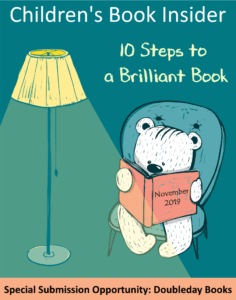
NOTE: Subscribers of Children’s Book Insider, the Children’s Writing Monthly, check this month’s issue for your special submissions opportunity to pitch your work to Doubleday.
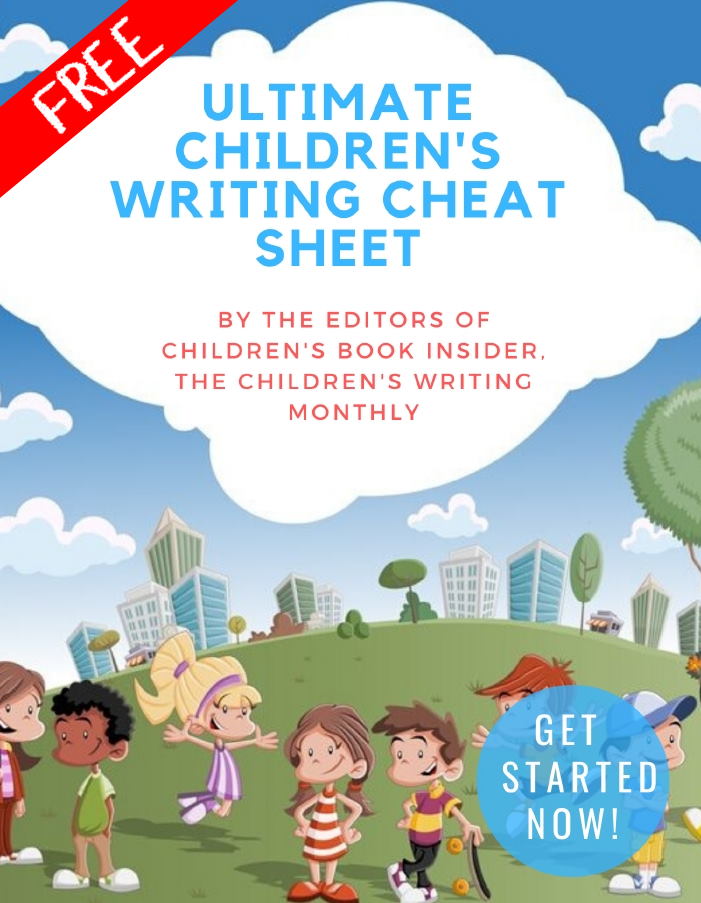
✏ Word Counts & Age Groups for Every Kidlit Category
✏ FAQs, Glossaries and Reading Lists
✏ Category-specific Tips, from Picture Books Through Young Adult Novels
✏ 5 Easy Ways to Improve Your Manuscript
✏ Writing For Magazines …and more!
This is a gift from the editors of Children’s Book Insider, and there’s no cost or obligation of any kind.
We will never spam you or share your personal information with anyone. Promise!
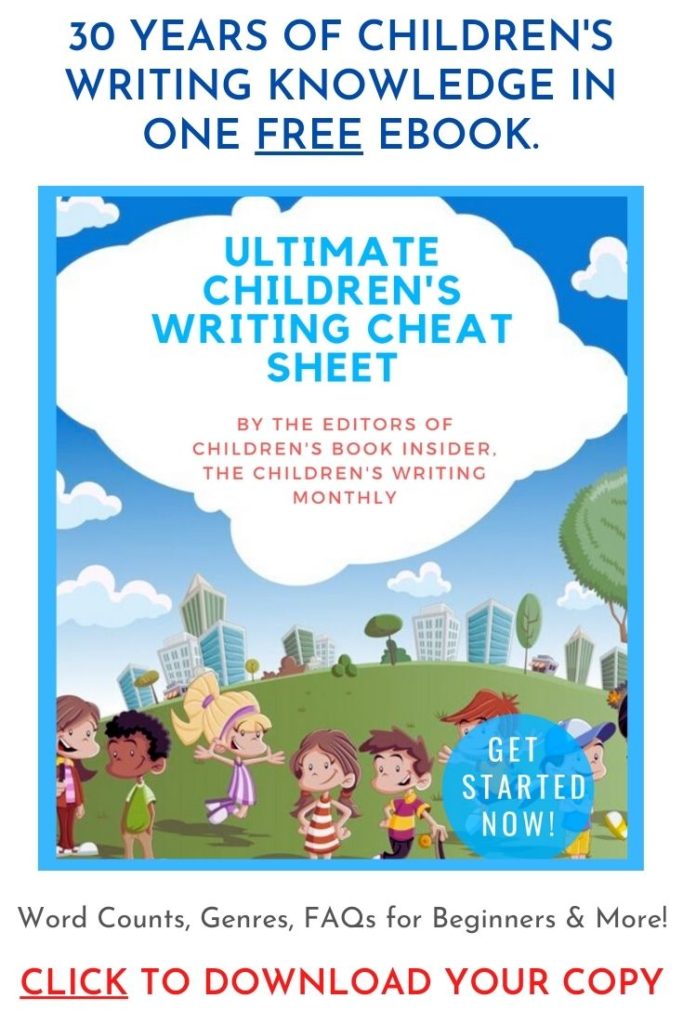
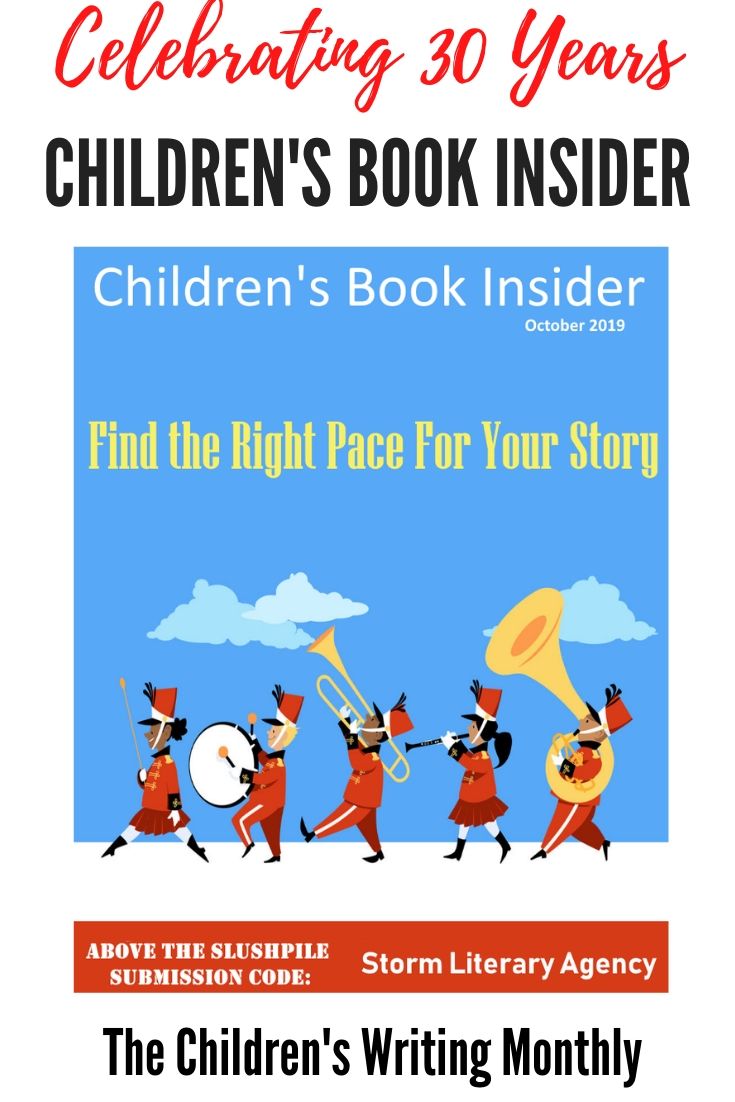
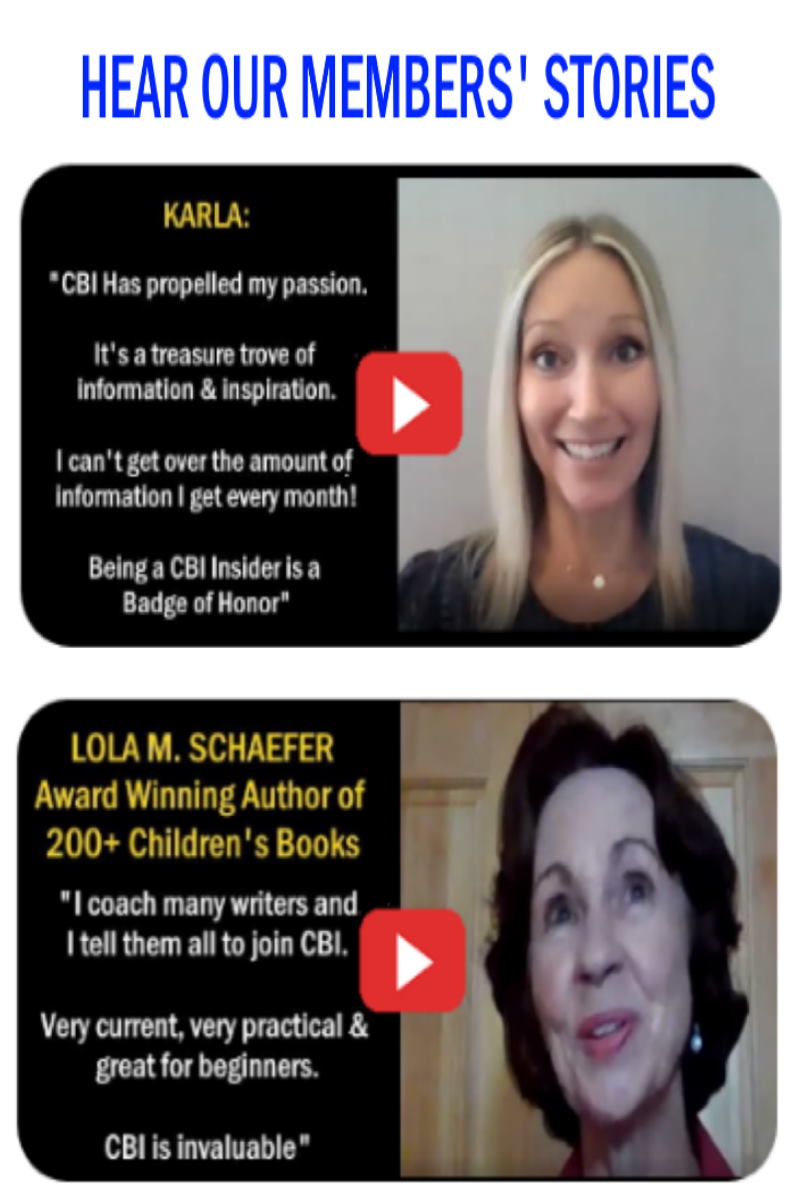
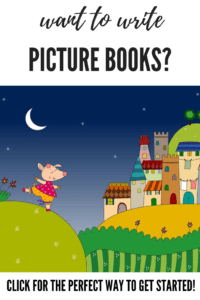


Regarding this note:
“NOTE: Subscribers of Children’s Book Insider, the Children’s Writing Monthly, check this month’s issue for your special submissions opportunity to pitch your work to Doubleday.”
Will new subscribers still receive this month’s issue if they subscribe now?
Yes, you will receive the November issue if you subscribe now, and you will have access to the Above the Slushpile submission opportunity until November 30th.